
Lophocampa is a genus of moths in the family Erebidae. The genus was erected by Thaddeus William Harris in 1841. It contains around 75 species.

Lophocampa argentata, the silver-spotted tiger moth, is a species of moth in the family Erebidae. It was described by Packard in 1864. It is found from British Columbia to southern California, and east to Arizona, Nevada, New Mexico, Colorado, Utah, Wyoming and possibly to northern Mexico.
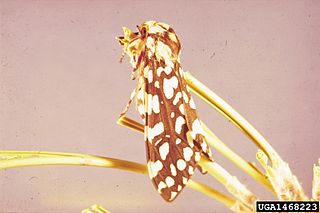
Lophocampa ingens is a moth of the family Erebidae. It was described by Henry Edwards in 1881. It is found in the southern Rocky Mountains and in Mexico.

Lophocampa maculata, the spotted tussock moth, mottled tiger or spotted halisidota, is a moth of the family Erebidae and the tribe Arctiini, the tiger moths. The species was first described by Thaddeus William Harris in 1841. It is found across Canada, the western parts of the United States, south in the Appalachians to South Carolina and Kentucky.

Lophocampa brunnea is a moth of the family Erebidae first described by Benoit Vincent in 2011. It is known from Guatemala.
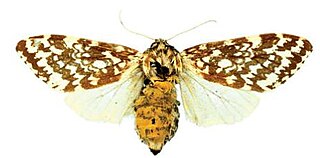
Lophocampa alternata is a moth of the family Erebidae. It was described by Augustus Radcliffe Grote in 1867. It is known from Cuba.

Lophocampa alsus is a moth of the family Erebidae. It was described by Pieter Cramer in 1777. It is found in Suriname and possibly Colombia and Venezuela.

Lophocampa seruba is a moth of the family Erebidae. It is found in Brazil.

Lophocampa annulosa, the Santa Ana tussock moth, is a moth of the family Erebidae. It was described by Francis Walker in 1855. It is found in southern Texas, southern Arizona, Mexico, Costa Rica, Ecuador, Venezuela, Peru, Suriname, Brazil, Argentina and Trinidad.
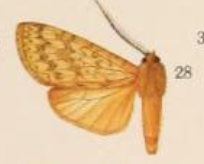
Lophocampa atomosa is a moth of the family Erebidae. It was described by Francis Walker in 1855. It is found on Jamaica and Cuba and in Ecuador.
Lophocampa dinora is a moth of the family Erebidae. It was described by William Schaus in 1924. It is found in Argentina and Bolivia.
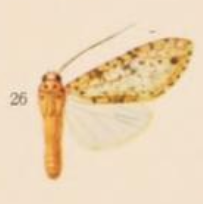
Lophocampa endrolepia is a moth of the family Erebidae. It was described by Paul Dognin in 1908. It is found in Ecuador.
Lophocampa indistincta is a moth of the family Erebidae. It was described by William Barnes and James Halliday McDunnough in 1910. It is found in California, where it is only found on the Channel Islands.
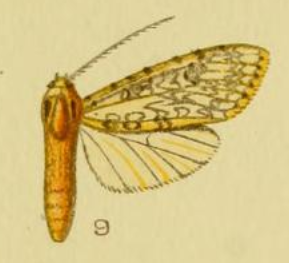
Lophocampa longipennis is a moth of the family Erebidae. It was described by Paul Dognin in 1908. It is found in Bolivia.

Lophocampa maroniensis is a moth of the family Erebidae. It was described by William Schaus in 1905. It is found in Costa Rica, Panama, French Guiana and Venezuela.
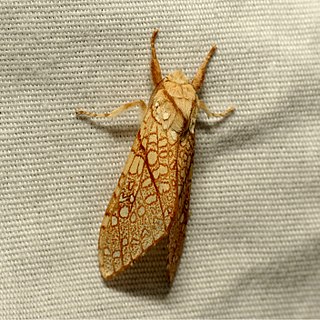
Lophocampa mixta is a moth of the family Erebidae. It was described by Berthold Neumoegen in 1882. It is found in the United States in Arizona, Texas
Lophocampa neibaensis is a moth of the family Erebidae. It was described by Benoît Vincent in 2005. It is found in the Dominican Republic.
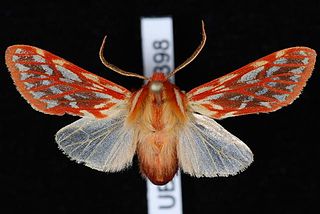
Lophocampa roseata, the rosy aemilia, is a moth of the subfamily Arctiinae. It was described by Francis Walker in 1868. It is found in North America in western Oregon, Washington and southwestern British Columbia. The habitat consists of conifer forests and urban landscapes.
Lophocampa oblita is a moth of the family Erebidae described by Benoit Vincent in 2009. It was described by Max Gaede in 1923 under the name Halisidota fasciata. It is found in Bolivia.
Lophocampa hispaniola is a moth of the family Erebidae. It was described by Vincent in 2009. It is found in the Dominican Republic.















